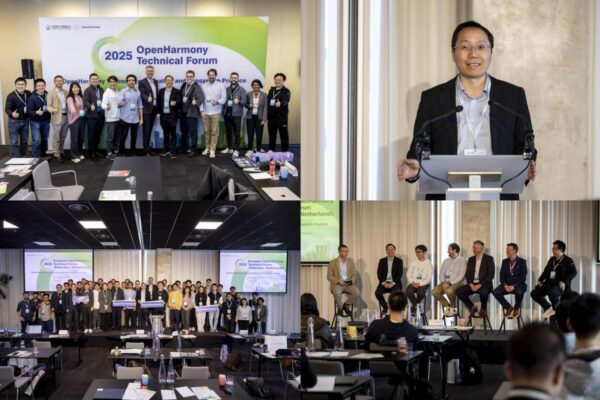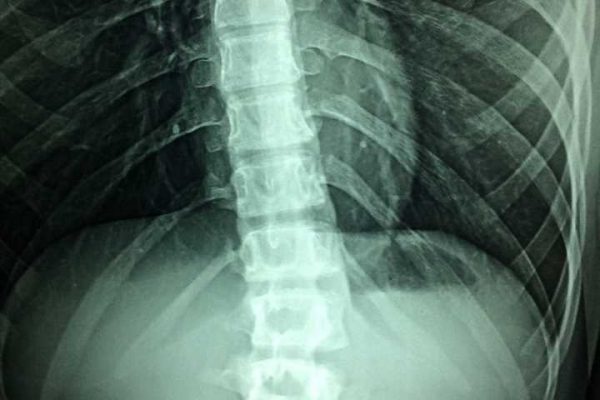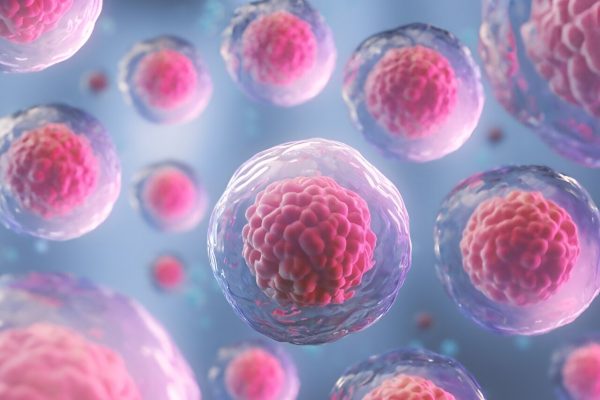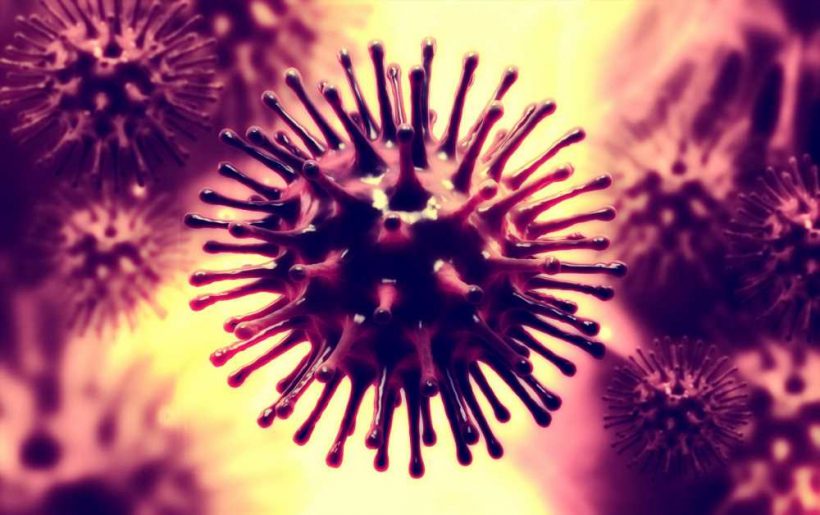In a recent study posted to the bioRxiv* preprint server, researchers in Germany and the United Kingdom investigated the interferon responses induced by severe acute respiratory syndrome coronavirus 2 (SARS-CoV-2) Delta variant and SARS-CoV-2 Omicron sub-variants BA.1 and BA.5, and their efficacy in protecting cells from influenza A virus super-infection.
 Study: Omicron-induced interferon signalling prevents influenza A virus infection. Image Credit: Liya Graphics / Shutterstock
Study: Omicron-induced interferon signalling prevents influenza A virus infection. Image Credit: Liya Graphics / Shutterstock
Background
Interferon signaling has been shown to play an important role in determining the severity of coronavirus disease 2019 (COVID-19). Children experience lower COVID-19 severity, presumably due to a more pronounced innate immune response involving interferons. Furthermore, patients with defective interferon response are susceptible to severe COVID-19.
Recent studies have indicated that the Omicron sub-variant BA.1 elicits a stronger interferon response but displays lower interferon antagonism compared to the Delta variant. Interestingly, the emergence of the Omicron variant in England resulted in a decline in influenza-like illnesses, which had surged during the Delta wave. The interferon response induced by the Omicron sub-variants could protect the body from influenza-like diseases.
About the study
The present study used isolates of the SARS-CoV-2 Delta variant and Omicron BA.1 and BA.5 sub-variants to induce an interferon response in primary human bronchial epithelial (HBE) cells grown in air-liquid interface (ALI) cultures and primary human monocytes. The ALI HBE cells and the human monocytes were co-infected with influenza A Hemagglutinin Type 1 and Neuraminidase Type 1 (H1N1) and Hemagglutinin Type 5 and Neuraminidase Type 1 (H5N1) strains.
One-step reverse-transcription quantitative polymerase chain reaction (qRT-PCR) was used to detect intracellular and extracellular SARS-CoV-2 ribonucleic acid (RNA) in the infected ALI HBE culture and human monocytes to confirm viral replication. In addition, Immunoblot assays were used to detect viral nucleoproteins and various cell signaling proteins involved in the interferon response.
The melanoma differentiation-associated protein 5 (MDA5) is thought to mediate interferon production by activating interferon receptors that initiate the Janus kinase (JAK) signal transducer and activator of the transcription (STAT) pathway. MDA5 knockout cells and the JAK/STAT inhibitor baricitinib were used to test this hypothesis.
Results
The study results showed that biologically active type I (α/β) and type III (λ) interferons were induced only from Omicron sub-variant infections. The BA.1- and BA.5-induced interferon responses were seen to protect ALI HBE cells and human monocytes from influenza A H1N1 and H5N1 infections. Furthermore, human monocytes were protected from influenza A infections even after an abortive Omicron infection, indicating that complete viral replication is not required for an interferon-mediated antiviral state.
The decreased pathogenicity of the Omicron sub-variants could be explained by the kinetics of the BA.1-induced type I and III interferons. The α/β interferon peak caused by BA.1 infection was early and short-lived, which is thought to mediate an antiviral response but not result in a deleterious inflammatory response. However, the BA.1 type III (λ) interferon response was sustained, resulting in prolonged antiviral action and reduced inflammation in the respiratory tract.
The BA.1 sub-variant was also seen to replicate faster than the Delta variant in ALI HBE cells. The authors believe that the difference in the spike proteins and how the two strains utilize the angiotensin-converting enzyme 2 (ACE2) could explain the higher viral uptake of BA.1. The heightened interferon response of BA.1 could be attributed to the increased viral uptake.
Additionally, the lack of BA.1-induced interferon response in MDA5 knockout cells indicated that recognition of the double-stranded viral RNA by MDA5 mediates the interferon response in BA.1-infected cells. The inhibition of the JAK/STAT pathway by baricitinib increased the replication of BA.1 in ALI HBE cells but prevented the interferon-mediated suppression of influenza A H1N1 infection. These results indicate that the interferon response induced by the Omicron sub-variants is mediated by MDA5 action on interferon receptors, which activates the JAK/STAT signaling pathway.
The researchers report that the BA.5-induced interferon response is comparable to the BA.1-induced response in its antiviral action against influenza A viruses.
Conclusions
To summarize, the study reports that infection with the SARS-CoV-2 Omicron sub-variants BA.1 and BA.5 induces an interferon response that protects the cells against infection with influenza A H1N1 and H5N1 strains. The interferon response to infection by the Delta variant of SARS-CoV-2 did not exhibit similar antiviral action. Furthermore, the kinetics of BA.1-induced interferons differs from that of the Delta variant, which could explain the decreased pathogenicity of the Omicron sub-variants. Moreover, the BA.1 interferon response is mediated by the activation of the JAK/STAT signaling pathway by MDA5.
*Important notice
bioRxiv publishes preliminary scientific reports that are not peer-reviewed and, therefore, should not be regarded as conclusive, guide clinical practice/health-related behavior, or treated as established information
- Omicron-induced interferon signalling prevents influenza A virus infection: Denisa Bojkova, Marco Bechtel, Tamara Rothenburger, Joshua D. Kandler, Lauren Hayes, Ruth Olmer, Martin Ulrich, Danny Jonigk, Sandra Ciesek, Mark N. Wass, Martin Michaelis, and Jindrich Cinatl jr. bioRxiv. 2022. DOI: https://doi.org/10.1101/2022.09.06.506799, https://www.biorxiv.org/content/10.1101/2022.09.06.506799v1
Posted in: Medical Science News | Medical Research News | Disease/Infection News
Tags: ACE2, Angiotensin, Angiotensin-Converting Enzyme 2, Cell, Cell Signaling, Children, Coronavirus, Coronavirus Disease COVID-19, covid-19, Efficacy, Enzyme, H1N1, H5N1, Immune Response, Inflammation, Influenza, Interferon, Interferons, Intracellular, Kinase, Knockout, Melanoma, Omicron, Polymerase, Polymerase Chain Reaction, Protein, Respiratory, Ribonucleic Acid, RNA, SARS, SARS-CoV-2, Severe Acute Respiratory, Severe Acute Respiratory Syndrome, Signaling Pathway, Syndrome, Transcription, Virus
.jpg)
Written by
Dr. Chinta Sidharthan
Chinta Sidharthan is a writer based in Bangalore, India. Her academic background is in evolutionary biology and genetics, and she has extensive experience in scientific research, teaching, science writing, and herpetology. Chinta holds a Ph.D. in evolutionary biology from the Indian Institute of Science and is passionate about science education, writing, animals, wildlife, and conservation. For her doctoral research, she explored the origins and diversification of blindsnakes in India, as a part of which she did extensive fieldwork in the jungles of southern India. She has received the Canadian Governor General’s bronze medal and Bangalore University gold medal for academic excellence and published her research in high-impact journals.
Source: Read Full Article






